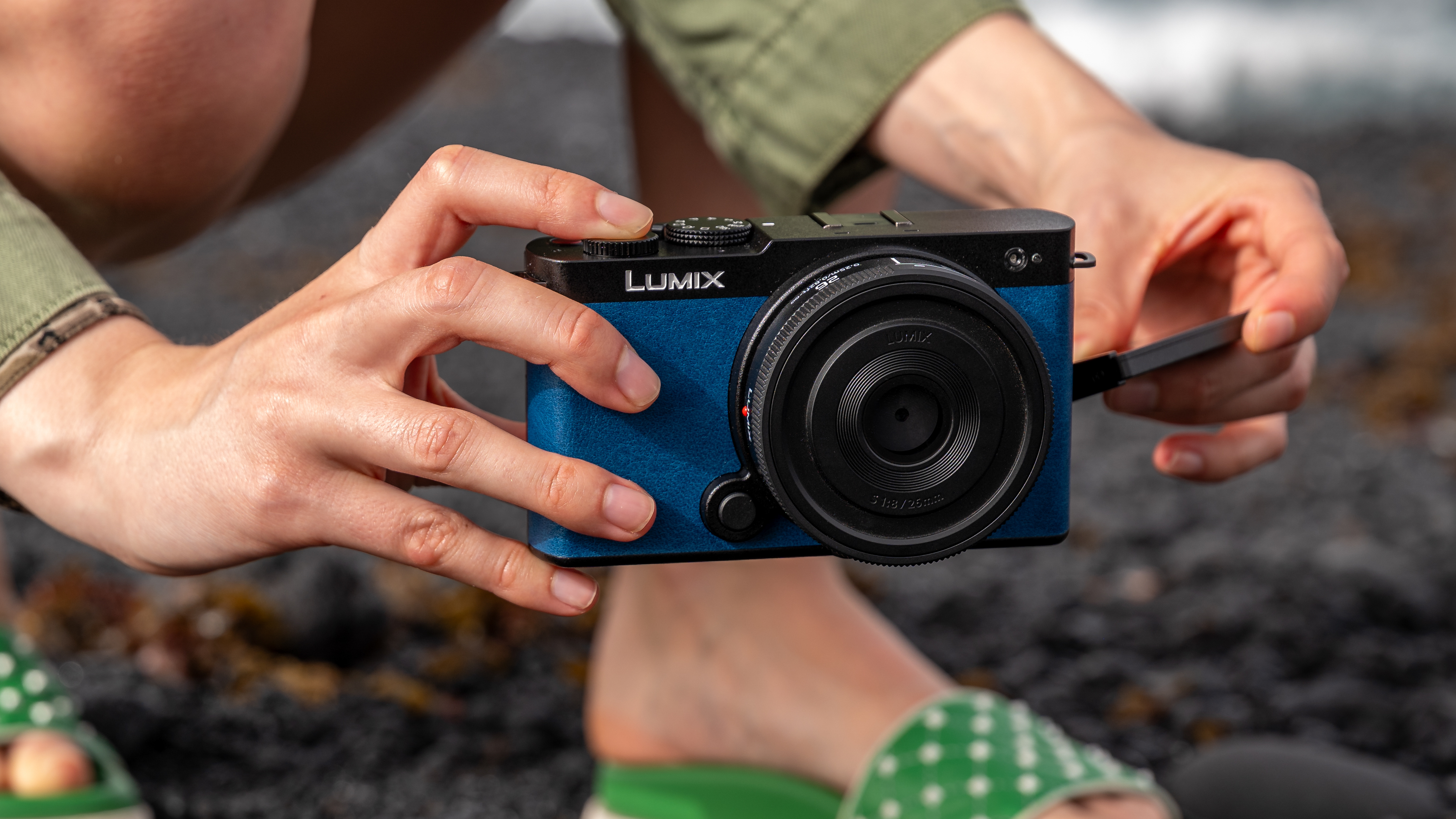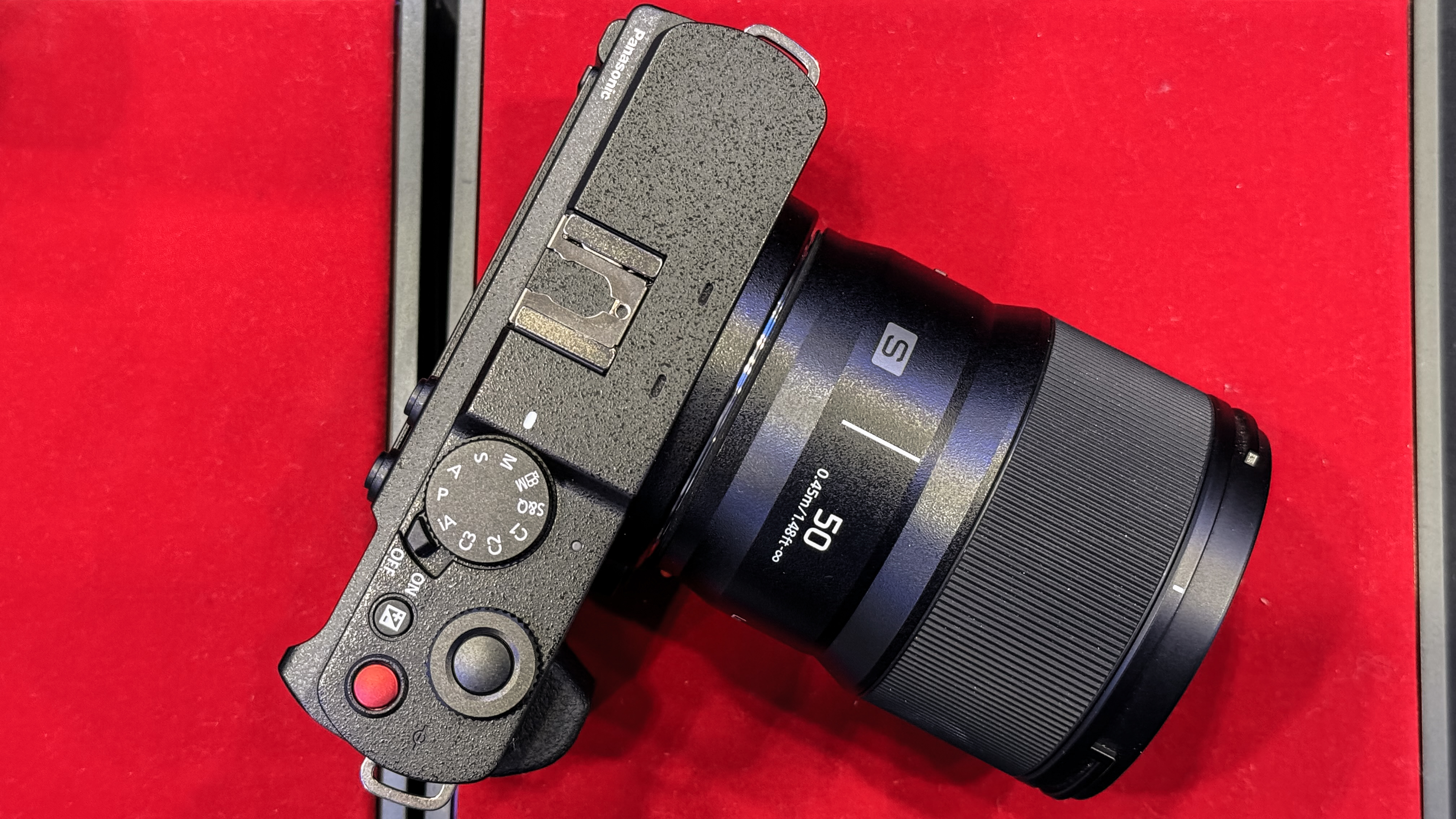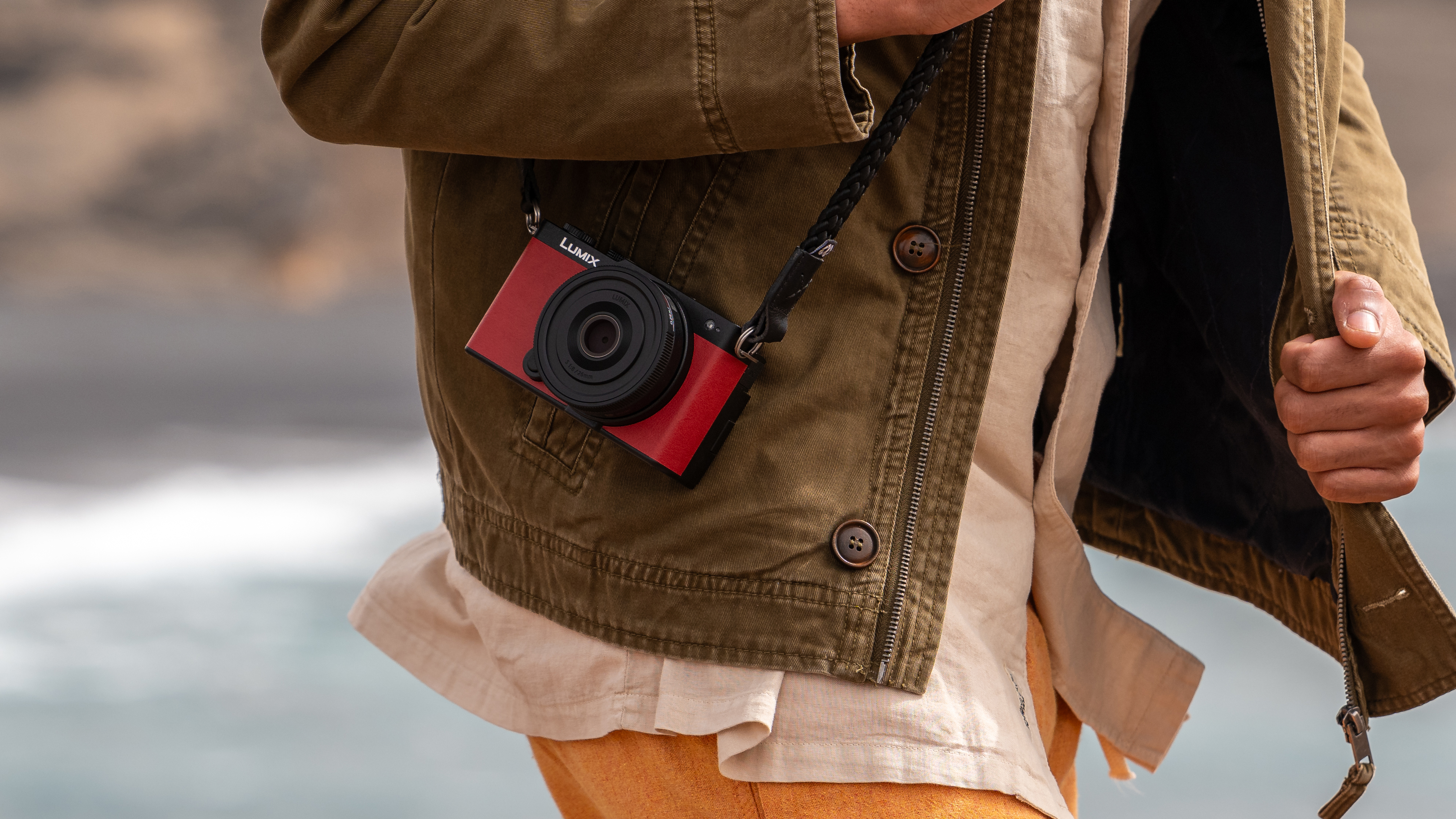
What do creators actually want? I’m guessing Panasonic has a lot more research data on this than I have, so if it thinks the Lumix S9 is it, I’m sure there are some very good reasons for its design decisions.
Although there may be practical manufacturing constraints playing a part here, or an understandable wish to maximise the benefit from existing R&D, or a strong marketing case for introducing a ‘creator’ camera much like everyone else’s at much the same price point in order to meet market segmentation penetration targets.
Could the Lumix S9 be one of the best Panasonic cameras to date, or one of the best cameras for vlogging? On paper, maybe, but cameras also have to be effective as a physical product.
I can’t really add anything to Gareth Bevan’s comments in his hands on Lumix S9 review, or James Artaius’s remarks about the Lumix camera he actually wanted. I will say that if I see one more box-shaped EVF-less ‘creator’ camera for ‘storytellers’ that depends completely on slow and flaky wi-fi connected phone apps that are NEVER as slick as they say, I might just scream.
And it does seem to me that Panasonic (and not only Panasonic) is creating most of the problems it’s trying to solve simply by jumping on the full-frame bandwagon. Sadly, enough experts over the years have been insisting on the technical superiority of full-frame sensors for so long that everyone’s started to believe it.

What’s the problem with full frame?
OK, first, the lenses are bigger. The cameras may not be, but the lenses are. You can get small full frame lenses, but only if you compromise on zoom and aperture range. A full frame camera combo is either more limited than a smaller format camera, or bigger.
Second, the AF has to be better. The larger sensor means longer focal length lenses to get the same angle of view, and longer lenses mean shallower depth of field, which is fine if you like the ‘cinematic’ look but means AF systems and your own technique need to go up a notch.
Third, stabilization is more challenging. IBIS units have to shift a bigger mass further. Full frame camera makers often claim similar IBIS compensation to smaller cameras, but remember these are best-case figures with carefully chosen camera-lens combinations. I’ve never got the same stabilization from full frame cameras that I get from MFT, for example.
I know how it sounds, but I actually have nothing against the Lumix S9 as a concept, I just think Panasonic picked the wrong sensor. By going full frame it’s created a whole bunch of compromises and limitations it didn’t need to have.

Do creators actually NEED full frame?
So maybe this is the thing that’s bothering me most of all. I can see the advantages of a full frame sensor for higher-end cinematography and commercial filmmaking, but not for solo shooter storytelling or social sharing of the kind I’m more likely to do. I would MUCH rather have smaller lenses, more depth of field and rock-solid IBIS (though the S9 might have this for all I know).
The compact storytelling camera I might actually buy would not be based on the full frame Lumix S5 II, as the Lumix S9 is, but on the Lumix GH7. Now a compact rangefinder style ‘creator’ version of this camera really WOULD get me excited.
Check out our guide to the best L-mount lenses for Panasonic full-frame cameras







